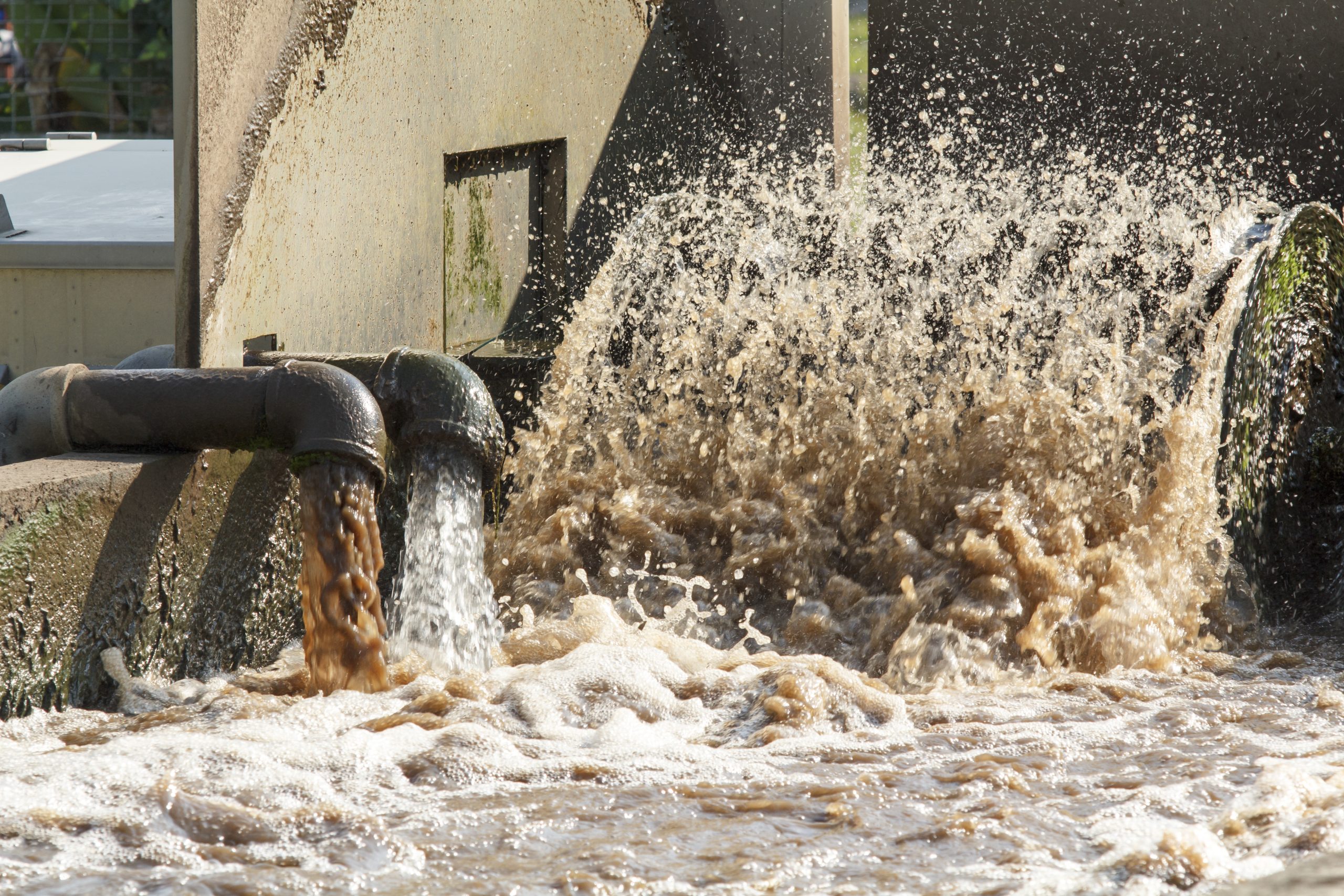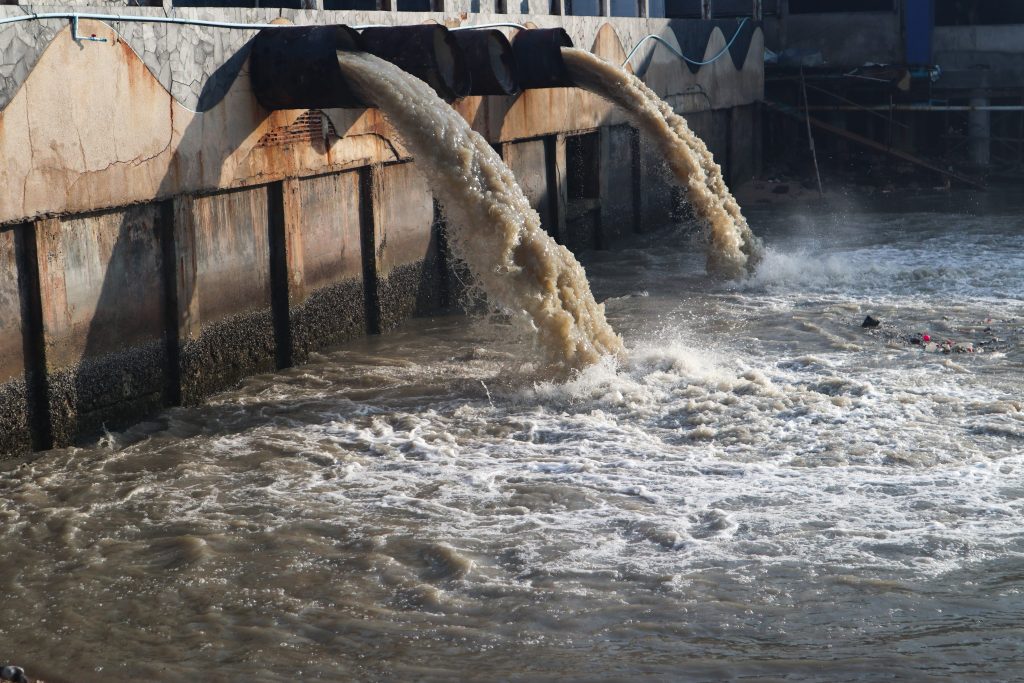Industrial Waste Water Treatment-- Cutting-Edge Technologies for Water Filtration
Industrial Waste Water Treatment-- Cutting-Edge Technologies for Water Filtration
Blog Article
Key Methods in Hazardous Waste Water Therapy Processes
The therapy of industrial wastewater is an important aspect of ecological administration, entailing a range of techniques designed to alleviate the impact of contaminants. Improvements in modern technologies such as membrane layer purification and advanced oxidation processes use cutting-edge services for enhancing therapy efficiency.
Physical Treatment Techniques
Exactly how properly can physical therapy techniques address the complexities of commercial wastewater? Physical treatment methods play a crucial duty in the preliminary phases of wastewater management, focusing mainly on the elimination of solids and big particulates. Techniques such as purification, sedimentation, and flotation are vital for lowering the focus of suspended solids, thus boosting the efficiency of subsequent therapy procedures.
Sedimentation includes the gravitational settling of solids, permitting for the separation of larger products from the wastewater. This method is especially reliable in making clear water prior to chemical or biological treatments.
Furthermore, flotation techniques, which make use of air bubbles to lift suspended solids to the surface for removal, are efficient in treating wastewater with high concentrations of fats, oils, and oils. On the whole, physical therapy approaches act as a critical very first step in the detailed administration of industrial wastewater, making certain that the tons on subsequent therapy stages is lessened and enhancing general treatment efficiency.
Chemical Therapy Strategies
While physical treatment approaches lay the foundation for reliable wastewater monitoring, chemical therapy methods are vital for dealing with the extra complex pollutants typically discovered in industrial effluents. These methods make use of different chemical agents to speed up, counteract, or oxidize harmful substances, guaranteeing a more thorough removal of pollutants.
One common method is coagulation and flocculation, where chemical coagulants such as aluminum sulfate or ferric chloride are contributed to advertise the gathering of suspended fragments. This procedure boosts solid-liquid separation, minimizing turbidity and boosting water high quality. In addition, neutralization procedures are utilized to adjust the pH of wastewater, utilizing acids or bases to neutralize acidic or alkaline streams, respectively.
Oxidation-reduction responses play a crucial duty in derogatory natural pollutants and pathogens. Chemical oxidants like chlorine, hydrogen, or ozone peroxide are used to damage down complicated organic substances, making them much less damaging or a lot more naturally degradable. In addition, advanced oxidation procedures (AOPs) combine numerous oxidation methods to boost toxin removal performance.
Organic Therapy Procedures
The efficiency of wastewater treatment is significantly boosted by biological therapy procedures, which harness the natural metabolic activities of microorganisms to break down organic matter and get rid of toxins. Industrial Waste Water Treatment. These processes primarily involve cardiovascular and anaerobic digestion, each customized for certain kinds of wastewater
Cardiovascular treatment processes use oxygen to support microbial growth, promoting the break down of natural pollutants into carbon dioxide and water. Common methods include turned on sludge systems, where aeration containers promote the blending of wastewater with microorganisms, and flowing filters, which urge biofilm development on media surface areas.
Alternatively, anaerobic treatment procedures happen in the lack of oxygen, making use of anaerobic bacteria to Get More Info decay raw material, leading to biogas manufacturing, a sustainable energy resource. Anaerobic digesters are often employed in commercial settings for this objective, successfully lowering the volume of sludge while creating important biogas.
The option of a biological treatment technique relies on wastewater features, treatment objectives, and governing requirements. The assimilation of organic processes in wastewater therapy not only improves contaminant removal effectiveness yet also advertises sustainability by reducing chemical usage and supporting resource recovery.
Advanced Oxidation Processes

Common AOP methods include Fenton's reagent, ozonation, and photocatalysis. Fenton's reagent, a mix of hydrogen peroxide and ferrous iron, militarizes the development of hydroxyl radicals, making it efficient for treating wastewater having phenolic substances and other stubborn materials. Ozonation uses ozone as an effective oxidant, qualified of breaking down a large range of organic contaminants while concurrently sanitizing the effluent. Photocatalysis employs light-activated stimulants, such as titanium dioxide, to enhance oxidation responses and get rid of impurities.
AOPs use numerous advantages, including decreased sludge production and the capacity to deal with wastewater with high concentrations of natural contaminants. The application of AOPs calls for careful consideration of operational specifications and cost-effectiveness, making sure that these innovative strategies are properly integrated right into existing wastewater therapy systems.
Membrane Filtering Technologies

Microfiltration works for getting rid of put official website on hold solids and germs, while ultrafiltration targets smaller organic particles and viruses. Nanofiltration links the gap in between ultrafiltration and turn around osmosis, effectively eliminating organic substances and divalent ions. Reverse osmosis offers the highest level of filtration, used primarily for desalination and getting rid of mono-valent ions.
Membrane technologies supply countless benefits, including low power consumption compared to standard therapy techniques, modular style for scalability, and the capacity for water recuperation and reuse. Challenges such as membrane fouling and the need for regular upkeep need to be addressed to ensure system efficiency. Overall, membrane layer filtering innovations represent a vital component of modern commercial wastewater therapy strategies, advertising sustainability and resource preservation in water administration.
Final Thought
Finally, industrial wastewater therapy utilizes a diverse array of techniques, consisting of physical, chemical, organic, and advanced methods. Each method plays a vital function in properly dealing with different contaminants, enhancing water top quality, and advertising source sustainability. The integration of these techniques fosters a thorough therapy technique, ensuring that commercial effluents meet governing standards while lessening ecological effect. Continued developments in these methodologies will better boost the effectiveness and efficiency of wastewater treatment processes in industrial setups.
The therapy of industrial wastewater is an important element address of ecological monitoring, entailing an array of strategies developed to minimize the influence of contaminants.Exactly how effectively can physical therapy approaches resolve the intricacies of industrial wastewater?Advanced oxidation processes (AOPs) stand for an advanced approach in industrial wastewater therapy, developed to effectively break down organic contaminants that are usually resistant to traditional therapy approaches (Industrial Waste Water Treatment).In conclusion, commercial wastewater therapy employs a varied selection of methods, including physical, chemical, organic, and progressed approaches. Continued developments in these methods will certainly better enhance the effectiveness and performance of wastewater therapy processes in commercial setups
Report this page